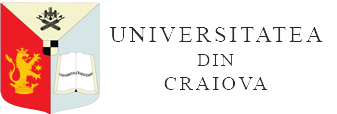THE MINOAN CHALLENGE: AN EXTERNAL ANALYSIS APPROACH TO THE LINEAR A DECIPHERMENT
DOI:
https://doi.org/10.52846/aucssflingv.v44i1-2.78Keywords:
Language Decipherment, Linear A, Linear BAbstract
The language (or languages) of the ancient Minoan civilization of Crete, developed in the European Bronze Age, was written using the so-called Cretan Hieroglyphs and the Linear A writing system. To this day, the Minoan language and its writing systems, Cretan Hieroglyphs as well as Linear A, are undeciphered. The main obstacle in deciphering Linear A is the lack of knowledge of what language it transcribes. This article presents an ‘external analysis’ and a ‘lexicographic’ approach in an attempt to compare Linear A with Linear B and Egyptian, aiming at identifying a known language that Linear A may represent. The paper starts by introducing Minoan civilization and its writing system, Linear A, followed by a brief literature review on deciphering attempts. An overview follows, on the relationship between the Minoan and ancient Egyptian Bronze Ages, provided in order to support the hypothesis that there are possible interconnections between Linear A and Egyptian. The subsequent section further describes the method of using corresponding Linear B phonetic values to identify Linear A words or phrases in a few examples and match them to Egyptian. Finally, the possibilities and limitations of employing this method to decipher Linear A are discussed.

